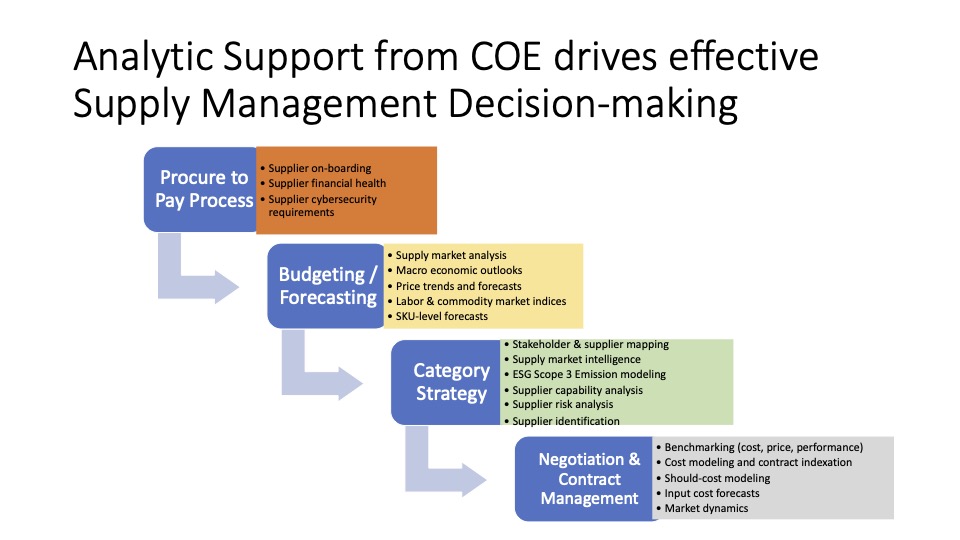3 – Step Process: Approaches to Forecasting : A Tutorial
3 – Step Process
STEP 1: Divide Items into Three Major Categories
STEP 2: Apply the simplest tools needed to do the job
STEP 3: Spend effort on the “difficult few”
Other Considerations
Q2 Forecasting
h2. STEP 1: Divide Items into Three Major Categories

STEP 2: Apply the simplest tools needed to do the job

STEP 3: Spend effort on the “difficult few”

Other Considerations
- Begin to develop the database needed to support quantitative analysis:
- Sales and order history
- Promotions, price discounts offered, etc.
- Measure forecast accuracy and put in place a formal review step to review what forecasting methods did / did not work
- Reassign items to categories / adjust methods based on what is learned in the formal review
- Like any business process, forecasting should be subject to continuous improvement efforts
h2. Q2 Forecasting
- Quantitative-Qualitative Forecasting
- Basic ideas behind Q2 forecasting:
- Wherever possible, forecasters should first develop a quantitative forecast, then use this for the basis for more qualitative analysis.
- Historical data is never a perfect indicator of what will happen in the future, but this doesn’t excuse us from considering it!
- By following the Q2 principle, forecasters can:
- Keep their intuition grounded in the data.
- Expose the assumptions behind qualitative forecasts (ex. – “Why do we expect demand to be three times higher than last year?”).
- Categories:


